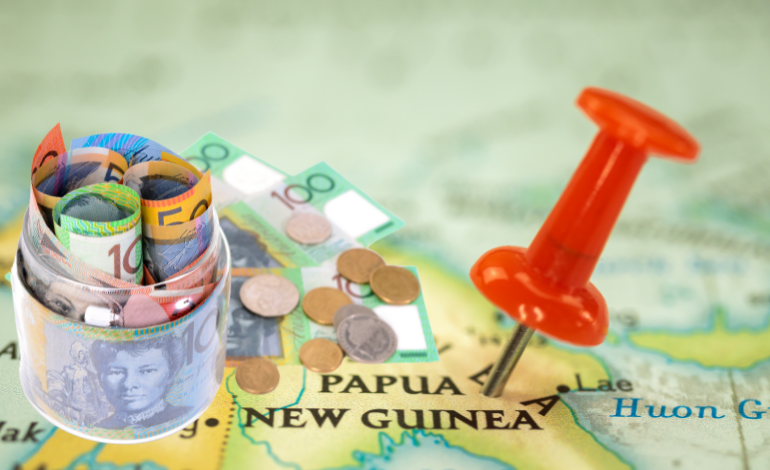According to the latest Monetary Policy Committee report released by the Bank of Papua New Guinea (BPNG), the country’s foreign exchange (FX) market showed marked improvement during the first five months of 2025, with increased market liquidity, a more active trading structure, and several indicators reaching multi-year highs.
The report attributes this positive shift to two main factors: first, a continued rise in commercial foreign exchange earnings, particularly from mining and agricultural enterprises that have accelerated the conversion of foreign currencies; and second, BPNG’s ongoing active intervention in the market through its FX auction mechanism, which has helped ease the mismatch between supply and demand.
Data from January to May 2025 show that PNG’s FX market recorded total inflows of PGK 10.8 billion (approximately USD 2.6 billion) and outflows of PGK 13.5 billion (approximately USD 3.3 billion), resulting in a net outflow of PGK 2.7 billion (USD 655 million). BPNG intervened with about PGK 2 billion (USD 486 million), helping to partially fill the funding gap and stabilize market expectations.
Meanwhile, the volume of outstanding FX orders saw a sharp decline—from PGK 795 million at the beginning of the year to PGK 127 million by the end of May, a drop of more than 80%. The central bank stated that this reflects a significant improvement in foreign currency supply capacity and a stronger market role for Authorised Foreign Exchange Dealers (AFEDs).
Notably, the FX market has also undergone a structural transformation, with increased activity in interbank foreign exchange trading. Industry experts view this as a sign of improving market liquidity, laying the groundwork for a more market-driven exchange rate mechanism in the future.
At the macro level, multiple industries are contributing to this positive momentum. BPNG noted that some mining companies, under the Foreign Currency Account Management Regulations, have voluntarily converted excess foreign currency balances into kina, effectively boosting FX supply. At the same time, the agriculture sector has shown robust performance. Thanks to rising global commodity prices and a weaker kina, agricultural FX earnings have surged by 80% year-on-year, making it a key source of non-resource foreign exchange inflows.
Despite the encouraging progress, BPNG emphasized that sustaining steady foreign exchange inflows remains fundamental to continued improvement in the FX market. The central bank will continue to enhance oversight and policy guidance, encouraging export-oriented businesses to increase their willingness to convert foreign currencies and ensure both market liquidity and exchange rate stability.
Analysts noted that the warming trend in Papua New Guinea’s FX market is a result of both changes in global market conditions and effective policy interventions. It also reflects the country’s gradual recovery from external shocks and a return to economic vitality. Going forward, policymakers will need to strike a balance between exchange rate stability and growth support, in order to further strengthen the FX market’s ability to self-adjust.


